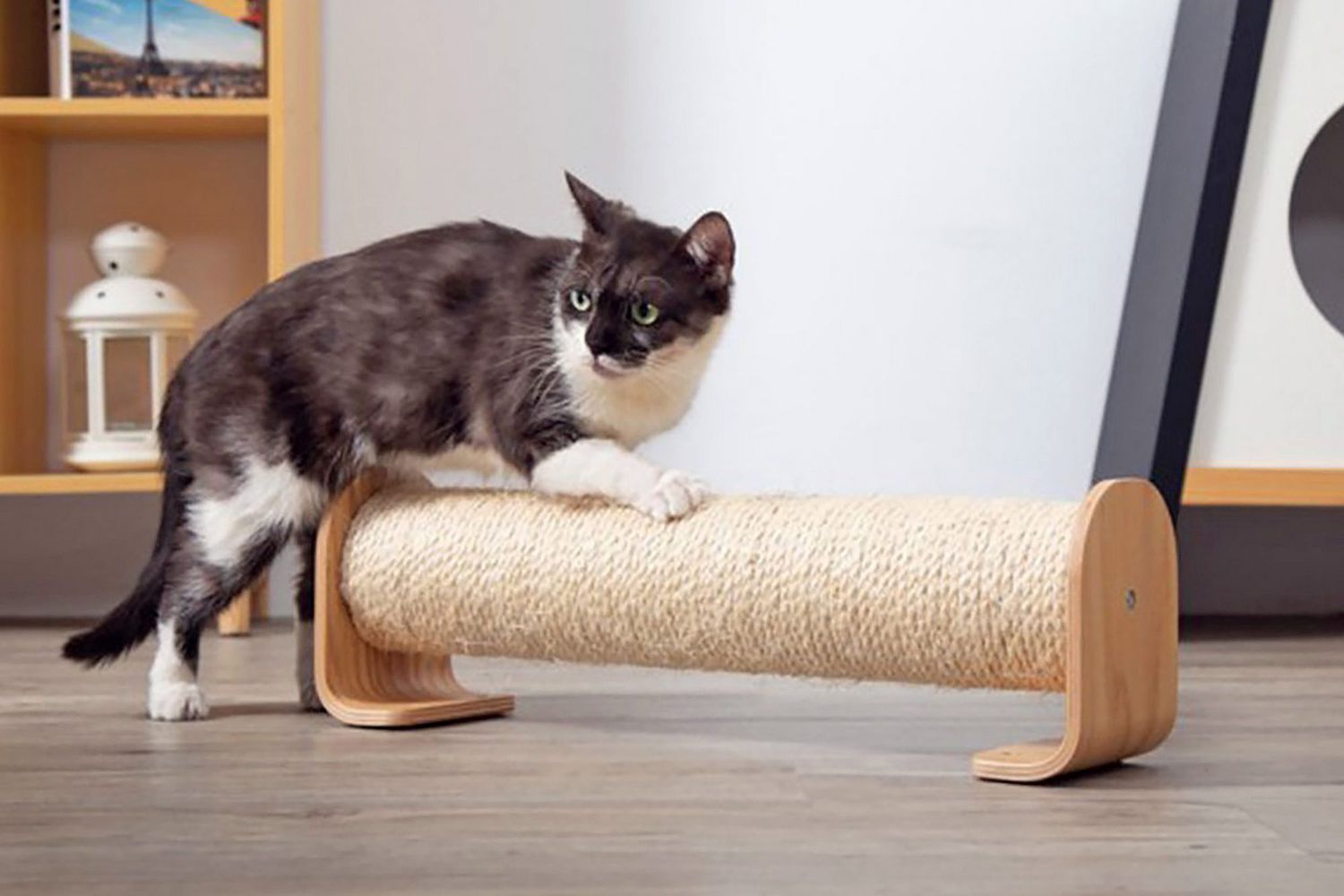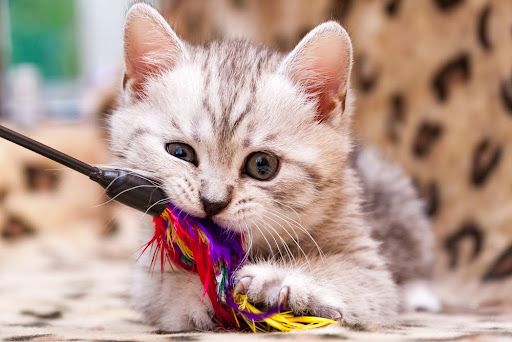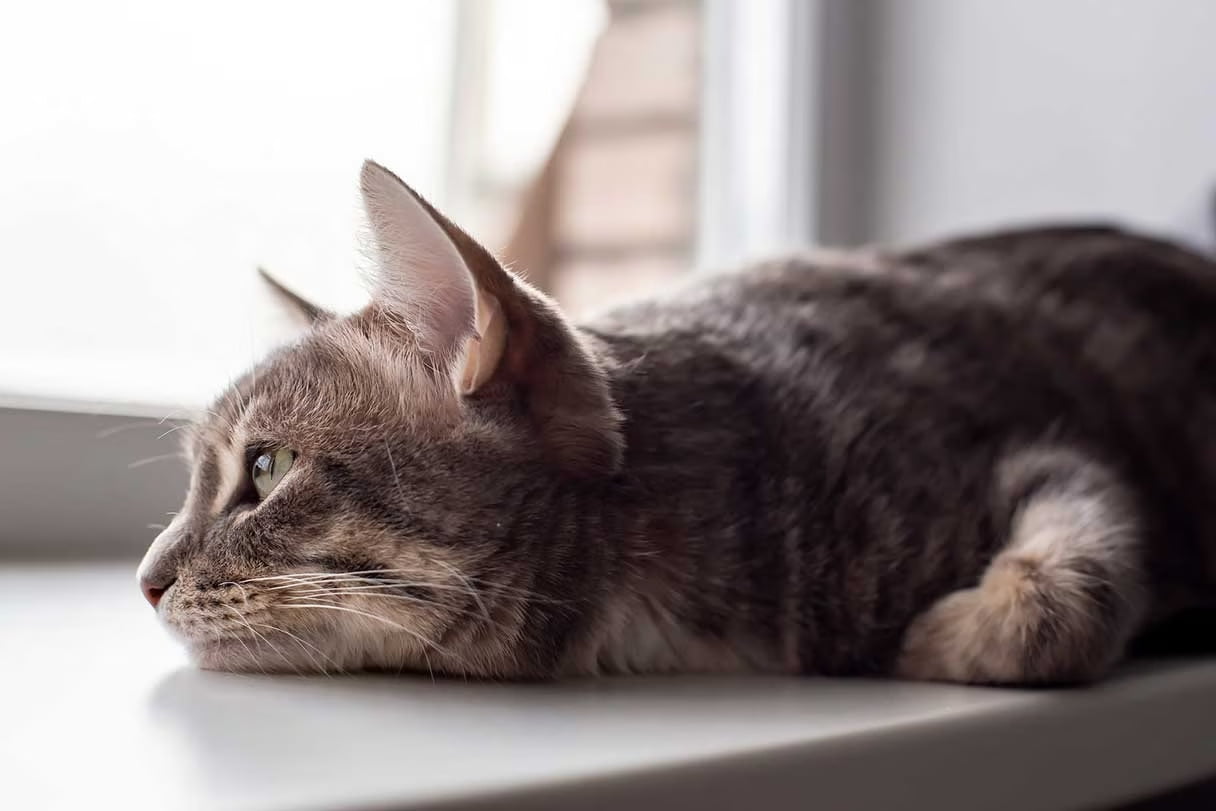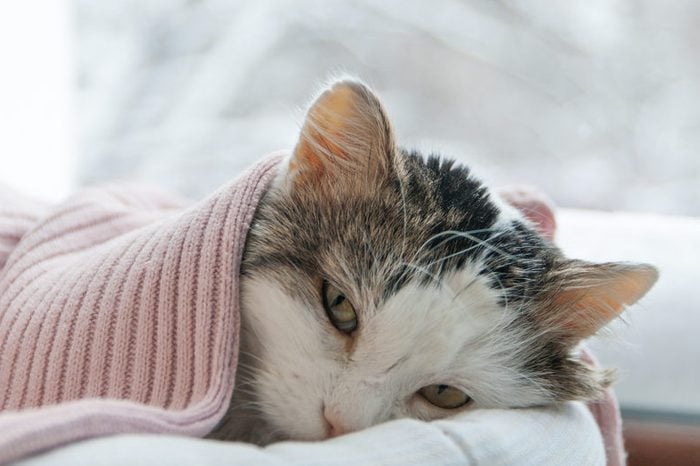Explore effective tips and techniques to redirect and protect your furniture from cat scratching behavior, ensuring harmony in your home.
Cat Scratching Solutions
Scratching is a natural behavior for cats. They scratch to mark their territory, stretch their muscles, and remove the dead outer layer of their claws. However, scratching can also be destructive, especially if your cat’s favorite scratching post is your couch or chair.
Tips for protecting your furniture from Cats Scratch
There are a number of things you can do to discourage your cat from scratching your furniture. Here are a few tips:
- Provide your cat with acceptable scratching alternatives. There are many different types of scratching posts and pads available, so you can find one that your cat will like. Make sure the post or pad is sturdy and made of a material that your cat enjoys scratching, such as sisal, cardboard, or carpet.
- Place the scratching post or pad in a prominent location. You want your cat to be able to find it easily. You may also want to put it near where your cat likes to scratch on your furniture.
- Scent the scratching post or pad with catnip. Catnip is a natural stimulant that will attract your cat to the scratching post or pad.
- Trim your cat’s nails regularly. This will blunt the tips of the claws and make them less likely to damage your furniture.
- Use deterrents on your furniture. There are a number of different deterrents that you can use on your furniture to make it less attractive to your cat. These include double-sided tape, aluminum foil, and citrus-scented sprays.
- Be patient and consistent. It may take some time and effort to get your cat to stop scratching your furniture. However, if you are patient and consistent, you will eventually be successful.
If you have tried all of these tips and your cat is still scratching your furniture, you may want to consider declawing. However, declawing is a controversial procedure that can have a number of negative side effects for your cat. It is important to weigh the risks and benefits of declawing before making a decision.
Additional tips for stopping cat
Here are some additional tips for stopping cat scratching:
- Identify the reason your cat is scratching. Is your cat scratching because they are bored? Stressed? Or is it simply a natural behavior? Once you know the reason, you can start to address it.
- Provide your cat with plenty of toys and activities to keep them occupied. This will help to reduce boredom and stress, which can lead to destructive behavior.
- Make sure your cat has a safe and comfortable place to scratch. The scratching post or pad should be in a quiet area where your cat can feel secure.
- Be consistent with your training. If you catch your cat scratching your furniture, redirect them to the scratching post or pad. Praise them when they scratch the appropriate object.
With patience and consistency, you can teach your cat to scratch where you want them to scratch. And you can save your furniture from damage in the process.
What stops cat scratches from Itching?
If your cat scratches you, the scratch may become itchy. There are a few things you can do to stop the itching:
- Wash the scratch with soap and water. This will help to remove any bacteria or dirt that may be causing the itch.
- Apply a cold compress to the scratch. This will help to reduce inflammation and pain.
- Apply an over-the-counter antibiotic ointment to the scratch. This will help to prevent infection.
- Take an over-the-counter antihistamine. This will help to reduce the itching.
If the scratch is severe or is not responding to home treatment, you should see a doctor.
Does vinegar stop cats from scratching?
Some people believe that vinegar can stop cats from scratching. The strong odor of the vinegar is supposed to deter cats from scratching. However, there is no scientific evidence to support this claim. In fact, some cats may actually enjoy the smell of vinegar and be more likely to scratch near it.
If you are trying to stop your cat from scratching, it is best to use a proven method, such as providing them with a scratching post or pad or trimming their nails.
Redirecting and Protecting Your Furniture From cat Scratching
- Cover your furniture with a protective covering. There are a number of different protective coverings available that can help to protect your furniture from scratching. These coverings can be made of fabric, plastic, or metal.
- Reupholster your furniture. If your furniture is already damaged, you may want to consider reupholstering it. This will protect your furniture from further damage and make it look like new.
How to cut your cat’s nails
Here are the steps on how to cut your cat’s nails:
- Gather your supplies. You will need a pair of cat nail clippers or scissors, styptic powder or cornstarch, and a treat or two.
- Choose a time when your cat is relaxed and calm. This will make the process easier for both of you.
- Sit in a comfortable position where you can easily reach your cat’s paws. You may want to have someone else help you hold your cat.
- Gently lift one of your cat’s paws and place it on your lap. Use your thumb and index finger to gently press down on the top and bottom of the paw on the joint just behind the claw. This will cause the claw to extend so you can see it.
- Look for the quick. The quick is the pink part of the nail that contains blood vessels and nerves. Avoid cutting into the quick, as this will cause your cat pain.
- Trim the tip of the nail. Only trim the very tip of the nail, just beyond the quick. If you are unsure how much to trim, it is better to err on the side of caution and trim less.
- Repeat steps 4-6 for each of your cat’s paws.
- If you accidentally cut into the quick, apply styptic powder or cornstarch to the area to stop the bleeding.
- Praise your cat and give them a treat. This will help them associate nail trimming with positive experiences.
Additional tips
Here are some additional tips for cutting your cat’s nails:
- Start trimming your cat’s nails when they are young. This will help them get used to the process and make it easier as they get older.
- If your cat is not used to having their paws handled, start by gently touching their paws and giving them treats. Once they are comfortable with this, you can start to trim their nails.
- If your cat is struggling, take a break and try again later. Do not force your cat to have their nails trimmed if they are not comfortable.
- If you are not comfortable trimming your cat’s nails yourself, you can take them to a veterinarian or a professional groomer.
With patience and practice, you will be able to learn how to safely and effectively trim your cat’s nails.











